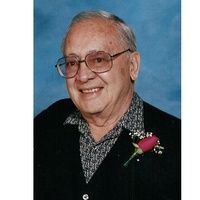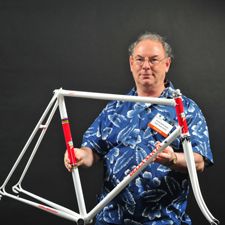Police departments all over the world have started bicycle patrols for very practical reasons. For one, tight spaces, crowds or other conditions can make it difficult to reach a person needing help or some other emergency. Also, not being encased in glass and steel, and not having a motor droning in front of them, makes it easier to see or foresee situations that warrant a response.
Those are also the reasons why, last week, the fire department of West Fargo (North Dakota) unveiled four new bicycles to be used by two fully-equipped teams of medics. Those teams will work with ambulance staff who will assist if someone needs more specialized care or transportation to a hospital.
The creation of medical bicycle units was motivated, in part, by the city's growing population and, specifically, the increasing popularity of downtown events that draw large crowds. Because such events are usually held during the summer, people can be overcome by heat or dehydration. Also, the crowds or blocked-off streets can keep other kinds of vehicles from passing into other parts of town where there might be an emergency.
Each team consists of two medics who are trained, on-call firefighters. They ride custom Trek mountain bikes. One member of the team carries a trauma kit and defibrillator machine, while the other team member has a bag of supplies needed for common medical emergencies. Every one of the medics has undergone 40 hours of specialized training for this new undertaking.
Fire Chief Dan Fuller said the medics may travel to nearby areas such as Moorhead and Fargo to work in larger events such as the Fargo Marathon.
Those are also the reasons why, last week, the fire department of West Fargo (North Dakota) unveiled four new bicycles to be used by two fully-equipped teams of medics. Those teams will work with ambulance staff who will assist if someone needs more specialized care or transportation to a hospital.
The creation of medical bicycle units was motivated, in part, by the city's growing population and, specifically, the increasing popularity of downtown events that draw large crowds. Because such events are usually held during the summer, people can be overcome by heat or dehydration. Also, the crowds or blocked-off streets can keep other kinds of vehicles from passing into other parts of town where there might be an emergency.
 |
| West Fargo FD Captain Jason Carriveau with one of the new medic bikes. |
Each team consists of two medics who are trained, on-call firefighters. They ride custom Trek mountain bikes. One member of the team carries a trauma kit and defibrillator machine, while the other team member has a bag of supplies needed for common medical emergencies. Every one of the medics has undergone 40 hours of specialized training for this new undertaking.
Fire Chief Dan Fuller said the medics may travel to nearby areas such as Moorhead and Fargo to work in larger events such as the Fargo Marathon.



